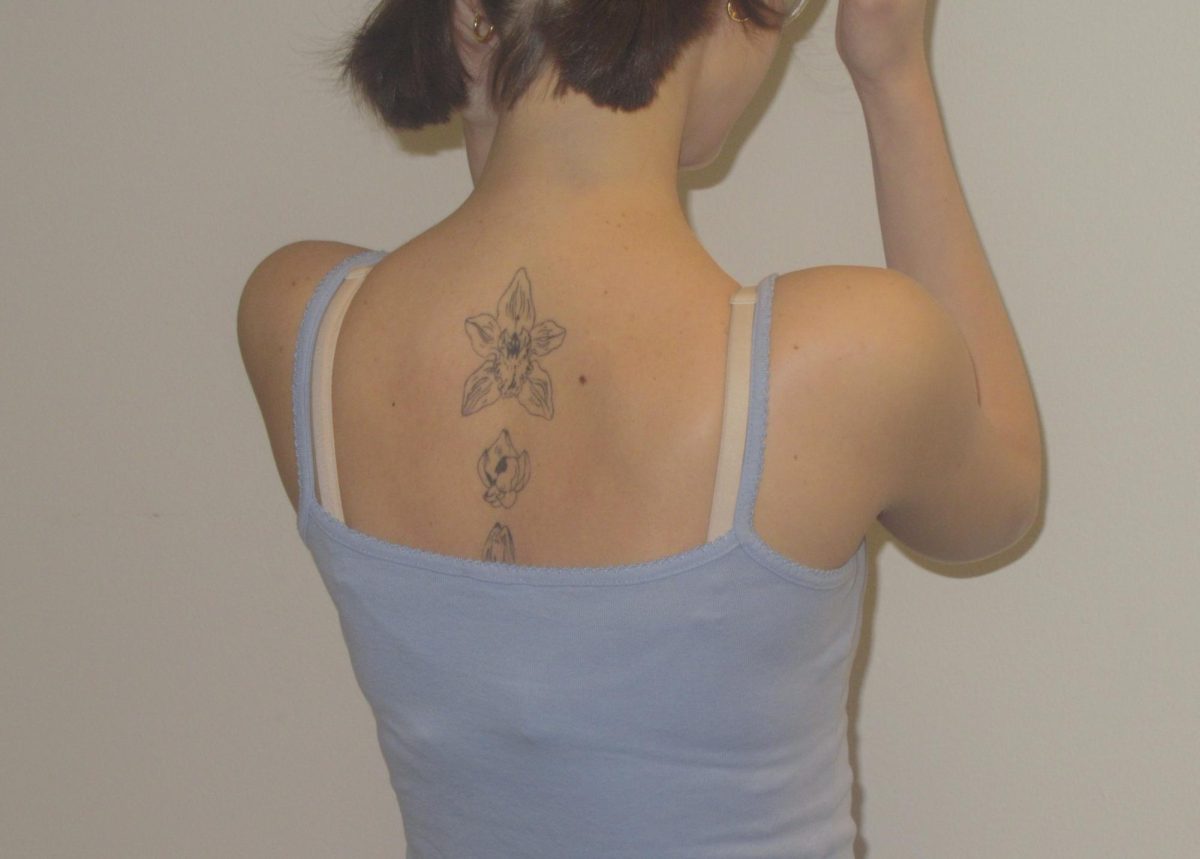The solution is to remove gendered products
As a woman, I shouldn’t have to pay more for shampoo, jeans or deodorant. I shouldn’t have to pay extra for the same items a man would buy, just because of it says women’s or ladies on the label.
Women pay almost $1351 a year more than men for similar products and services because of the “pink tax,” according to the New York City Department of Consumer Affairs.
The NYDCA found in 2015 that products marketed for women cost an average of seven percent more than similar products for men.
This pink tax is real. Though not a literal tax, rather a phenomenon, the prices on things like dry cleaning, soap and socks are higher for women than they are for men.
Products marketed towards women shouldn’t be more expensive. Call me crazy, but I don’t believe gendered products should exist either.
The color of a razor, the scent of lotion, and the type of toy shouldn’t mean male or female. They aim to accomplish the same job, but the products marketed towards women often cost more.
The inequality is most apparent in personal care products, with an average 13 percent price disparity.
The NYDCA looked at over 800 products, like children’s toys, clothing and personal care items, and found that women are charged more on 42 percent of these products; men pay more for only 18 percent of items.
The styles for women’s products and men’s products may be different, but women should not be charged more for something that is ultimately out of their control.
The color of a product shouldn’t impact its price.
Pink tax could be remedied simply by stopping the practice of labeling goods by gender. Though aiming a product towards target markets is helpful in advertising, it can create inequalities.
What if you want a citrus-scented body wash or a blue helmet? Maybe t-shirts labeled men’s fit your body type better, or the women’s shaving cream makes your skin smoother.
We should have the freedom to choose what we want from these items without them being chosen for us based on our gender.
That’s not to say I’m forced to buy pink, flowery-scented shampoo or a sparkly sequined jacket. I don’t have to pick the products that align with my gender. But I do feel like I need to shop from the women’s section in stores.
It feels wrong somehow to use men’s razors even though I think they work better. I feel more comfortable in men’s flannels, but I can hardly bring myself to shop in the men’s clothing section. If I feel awkward, I can’t even imagine the pressure guys must be under to fit the societal norm of male.
In 2015, Target removed the labels boys and girls from the toys section in their stores after pressure from consumers on Twitter. Now, Barbies and LEGOs sit beside each other on the shelves, pink and blue wallpaper has been removed, and the customers’ response to this action has been positive.
This is just a start, but it shows that something as simple as children’s toys can be just that: toys. Not boys’ toys or girls’ toys, just toys. There doesn’t have to be a label on who can use what products.
There’s no reason to gender water bottles or earbuds. The color pink shouldn’t cost more.
The simplest solution to the pink tax seems to be simply removing gender labels on everyday products, giving consumers more choices.
Take off the gendered labels so customers have the freedom to choose whatever makes them happiest. Switch up the scent, switch up the style, switch up the color — but don’t switch up the price.














































































